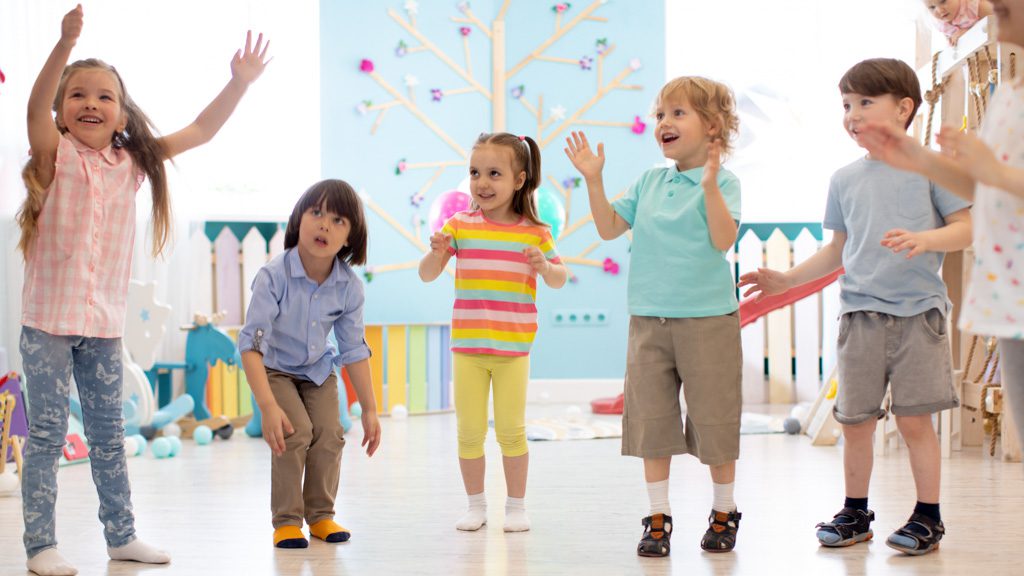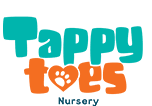
How To Improve Your Child’s Physical Development Skills
Physical development is the growth and the ability to use muscles and body parts for particular skills. Physical development focuses on development of body and skills of very part of the body. Fine Motor skills (small movements, specific and precise) and gross motor skills (large muscle movements) contribute to physical development. Children often learn a set of skills by a certain age and the skill sets evolve with age. Nursery provides your child with access to play area, resources for play and educational activities to support their Improve Your Child’s physical development skills.
As an Early Year Foundation Stage Program, we believe:
“In providing a nurturing environment and opportunities for young children to be active and interactive; and to develop their co-ordination, movement and control. Children must also be offered explanation to understand the importance of physical activity and to make healthy choices in relation to food.”
It is important to record and match the development milestones as per recommended age by Development Matters. We have outlined 6 steps to help you plan and understand your child’s physical development
Steps to improve your child’s Physical Development Skills
Step 1 – Set age appropriate milestones for your child
The developmental milestones should be appropriate as per the child’s age and can be found on several verified institutions website like CDC, infant growth or you can ask your child’s early years education provider like nursery to provide you a copy of it. Babies can crawl, toddlers can run and as children grow, so do their abilities. It is important to select age appropriate milestone and manage expectations.
Step 2 – Make a list of activities for your child
Choose activities that will address more than one skill. For example, playing baseball will increase muscle strength through holding the bat, improve the gross motor skills needed for swinging a bat and develop hand-eye coordination by hitting the ball. Such activities will play a significant role in improving your child’s physical development skills
Make sure your activities are developmentally appropriate for your child; for example, a 12-month-old child cannot hop on one foot, so it’s better to plan as per age and growth. However, you can set the goal of standing steady and learning to balance for the same child. You can ask your child’s nursery teacher to help you plan such activities. Nursery will give your child an added boost with never-ending educational activities.
Step 3 – Encourage independence
If you go out, don’t let them sit in the stroller, but rather make them walk. If your child is old enough to feed themselves, let them eat finger foods or use a spoon. It can get messy but your child will learn to eat food.
Let your child explore and enjoy activities. A good way to do so is by sending your child to nursery. Your child’s learning journey will be supported by nursery.
Step 4 – Music and movement activities
Physical development skills thrive on the beat. March to a song with a strong beat to encourage steadier gait. Practice jumping, spinning, hopping, crawling or tiptoeing to a lively tune. Toddlers in nursery develop movement through music and learn to socialise through play.
Purchase a keyboard or drum and let your child explore the instrument and play along with their favourite songs. Nursery with play area and resources will enhance your child’s learning and offer them access to more resources.
Step 5 – Art and tactile experiences
Fine motor skills develop through activities like painting, colouring, sorting small items, and sensory play. Children learn through play and fine motor skills develop through it. If it’s age-appropriate, let your child cut with child-friendly scissors or grab small pieces of construction paper to glue to a larger sheet of paper.
Draw circles and squares to practice the fine motor skills needed for writing. String beads onto a piece of yarn to make a necklace or bracelet. Place pebbles, pearls or plastic objects inside a box of sand and let your child dig through the sand with his fingers to pick up the objects. Nursery has resources like pebbles, beads, complex educational toys, sorting activities and more which can develop your child’s motor skills. When you look for a nursery, keep in mind the resources to help your child’s overall development. These are by far some of our favorite activities for improving physical development skills!
Step 6 – Play sports
Try a game of football to aid both coordination and the gross motor movements of the legs. Teach your child to ride a bike or a tricycle when age-appropriate. These activities are for gross motor skills development. Nursery can engage your child in variety of sports and fitness activities. They have activities for every age group- from infants to preschool and more.
What do you think of our tips on improving children’s physical development skills? Feel free to leave a comment below!

